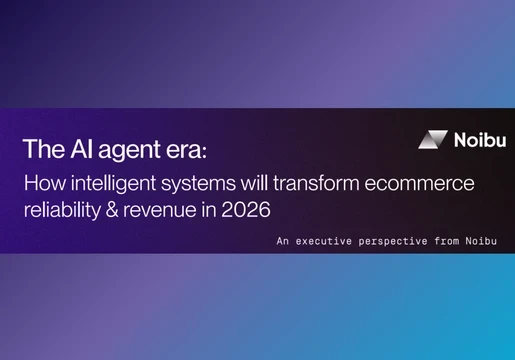While edge computing still remains a rather new and unfamiliar concept in the enterprise, more and more businesses are starting to embrace the emerging computing paradigm.

The edge computing market was valued at $11.24 billion in 2022 and it is expected to grow to a whopping $445 billion by 2030, driven by the growth in the number of connected devices, and the need for higher levels of automation, operational efficiency and cost reduction.
But for businesses to successfully harness the power of edge computing, they must first understand how it can revolutionise the way they operate and the benefits it can bring to the enterprise.
In this list, we’re exploring ten of the most notable benefits of edge computing, exploring how it is transforming the enterprise and could help you grow your business.







Comments ( 0 )